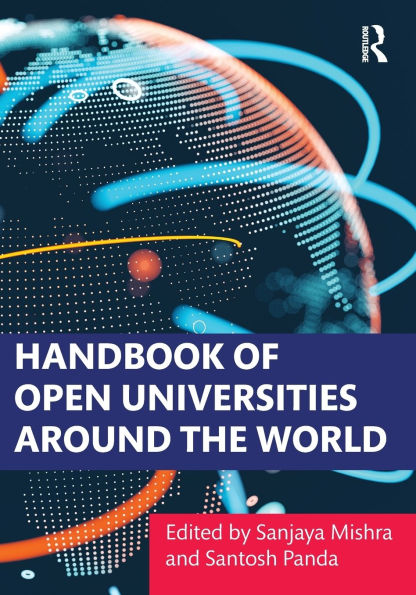This landmark volume analyzes and reflects on the planning, organization, management, pedagogic, skilling and employability, and accreditation dimensions of 47 open universities in relation to their national and institutional contexts, the internationalization of education, and the integration of advanced learning technologies. Featuring contributions by internationally recognized scholars, practitioners, and educational administrators, this authoritative resource provides insights into the business model—finances, operations, instructional systems, enrollment patterns, learner supports, quality assurance, professional development, and more—of today’s open universities. Through historical trajectories, institutional profiles, case studies, lessons learned, and best practices, this book provides rich analytical perspectives on the status and challenges of single-mode distance learning universities as an educational phenomenon while unpacking the premise of “openness” itself.
This Handbook is primarily written for
- planners, managers, administrators, instructional designers, and teaching faculty at single-mode distance teaching universities who are seeking to sustain their institutions in a period of rapid change;
- government policymakers, training organizations, technology providers, and education think tanks who are in need of authentic and research-based information on technology-enabled learning modeled by open universities around the world; and
- graduate students, teaching faculty, and scholars who are affiliated with online and distance education, learning design and technology, higher education planning and management, adult education and lifelong learning, and education policy and future studies.
This landmark volume analyzes and reflects on the planning, organization, management, pedagogic, skilling and employability, and accreditation dimensions of 47 open universities in relation to their national and institutional contexts, the internationalization of education, and the integration of advanced learning technologies. Featuring contributions by internationally recognized scholars, practitioners, and educational administrators, this authoritative resource provides insights into the business model—finances, operations, instructional systems, enrollment patterns, learner supports, quality assurance, professional development, and more—of today’s open universities. Through historical trajectories, institutional profiles, case studies, lessons learned, and best practices, this book provides rich analytical perspectives on the status and challenges of single-mode distance learning universities as an educational phenomenon while unpacking the premise of “openness” itself.
This Handbook is primarily written for
- planners, managers, administrators, instructional designers, and teaching faculty at single-mode distance teaching universities who are seeking to sustain their institutions in a period of rapid change;
- government policymakers, training organizations, technology providers, and education think tanks who are in need of authentic and research-based information on technology-enabled learning modeled by open universities around the world; and
- graduate students, teaching faculty, and scholars who are affiliated with online and distance education, learning design and technology, higher education planning and management, adult education and lifelong learning, and education policy and future studies.

Handbook of Open Universities Around the World
740
Handbook of Open Universities Around the World
740
Product Details
| ISBN-13: | 9781032754055 |
|---|---|
| Publisher: | Taylor & Francis |
| Publication date: | 06/26/2025 |
| Pages: | 740 |
| Product dimensions: | 7.00(w) x 10.00(h) x (d) |
